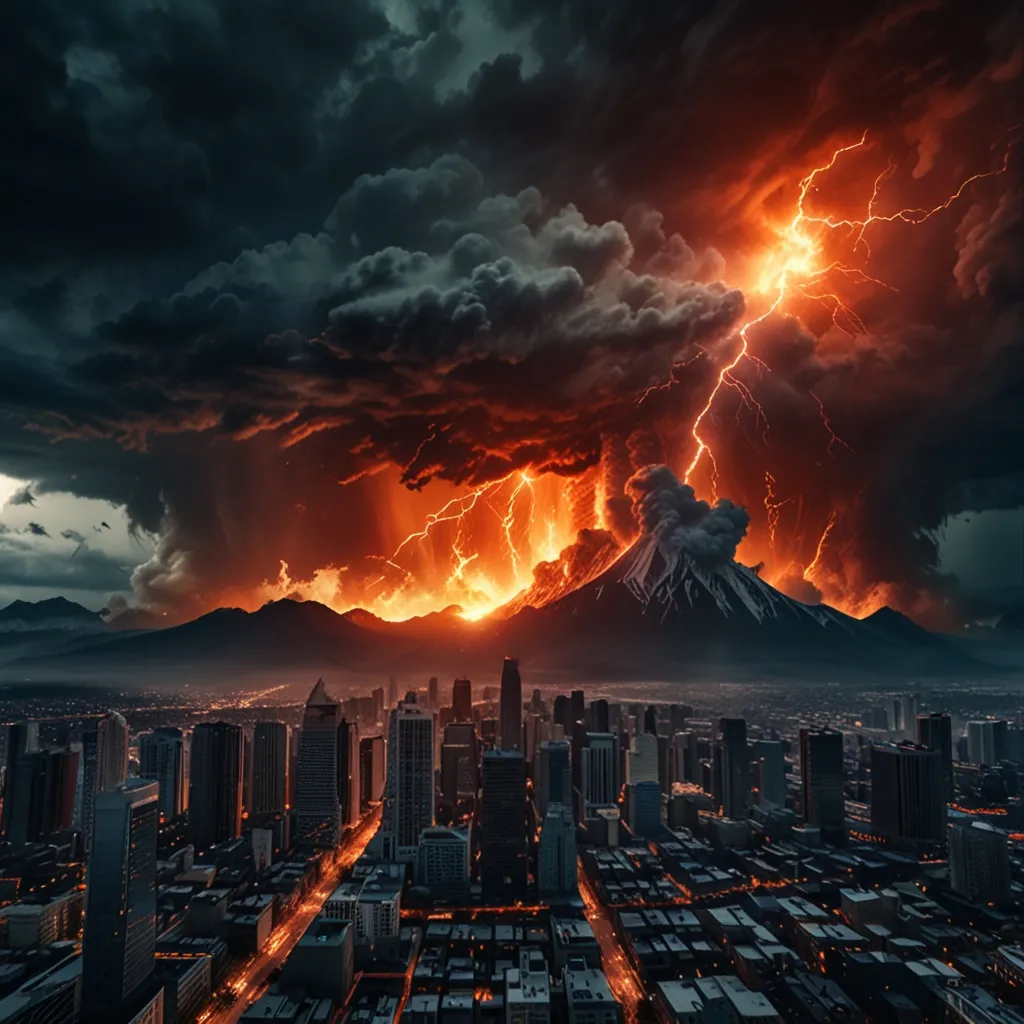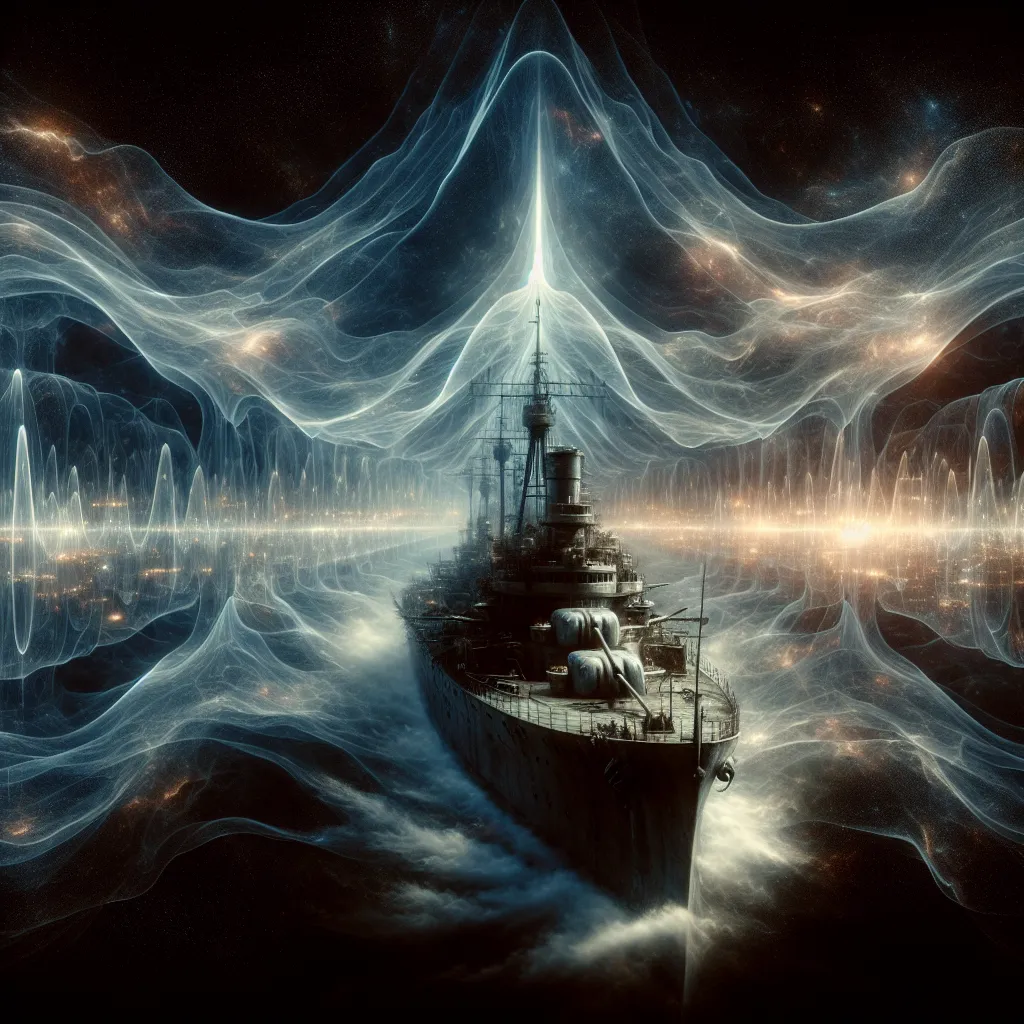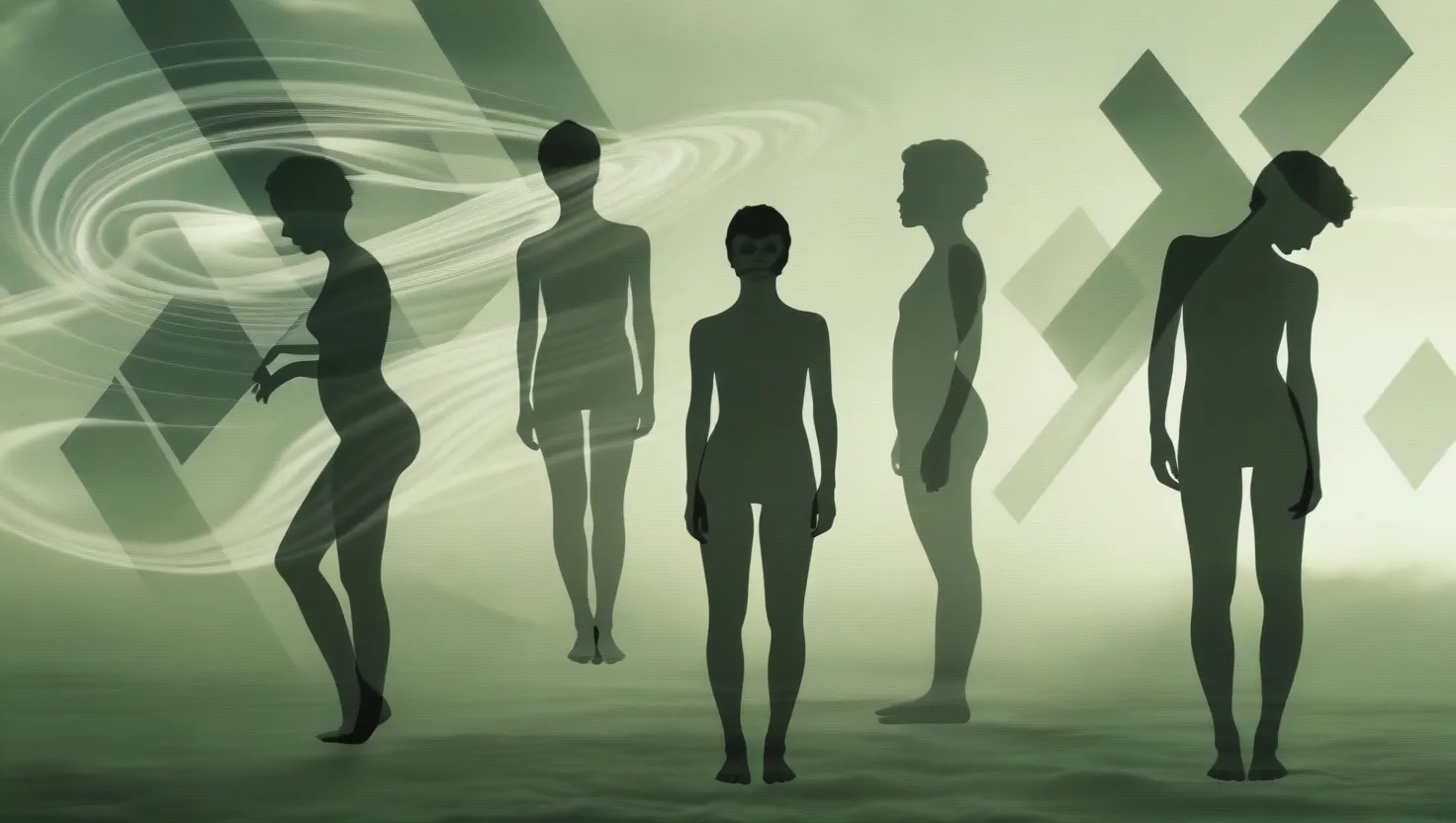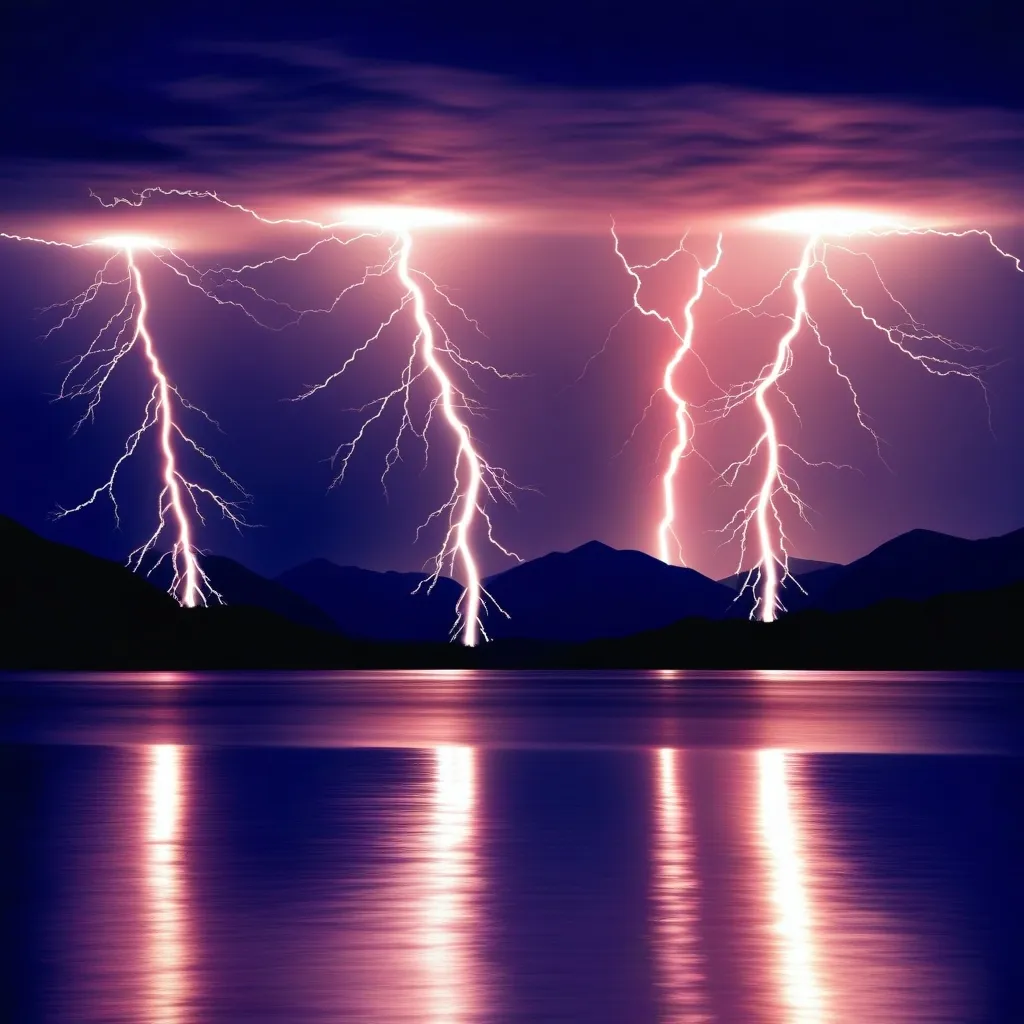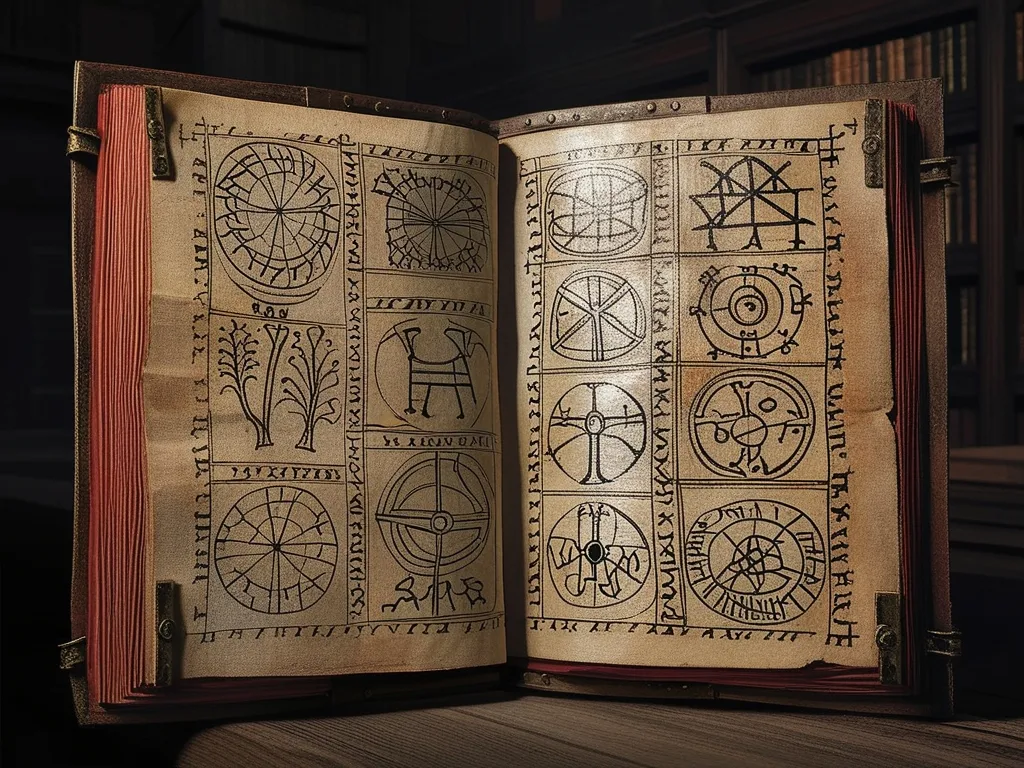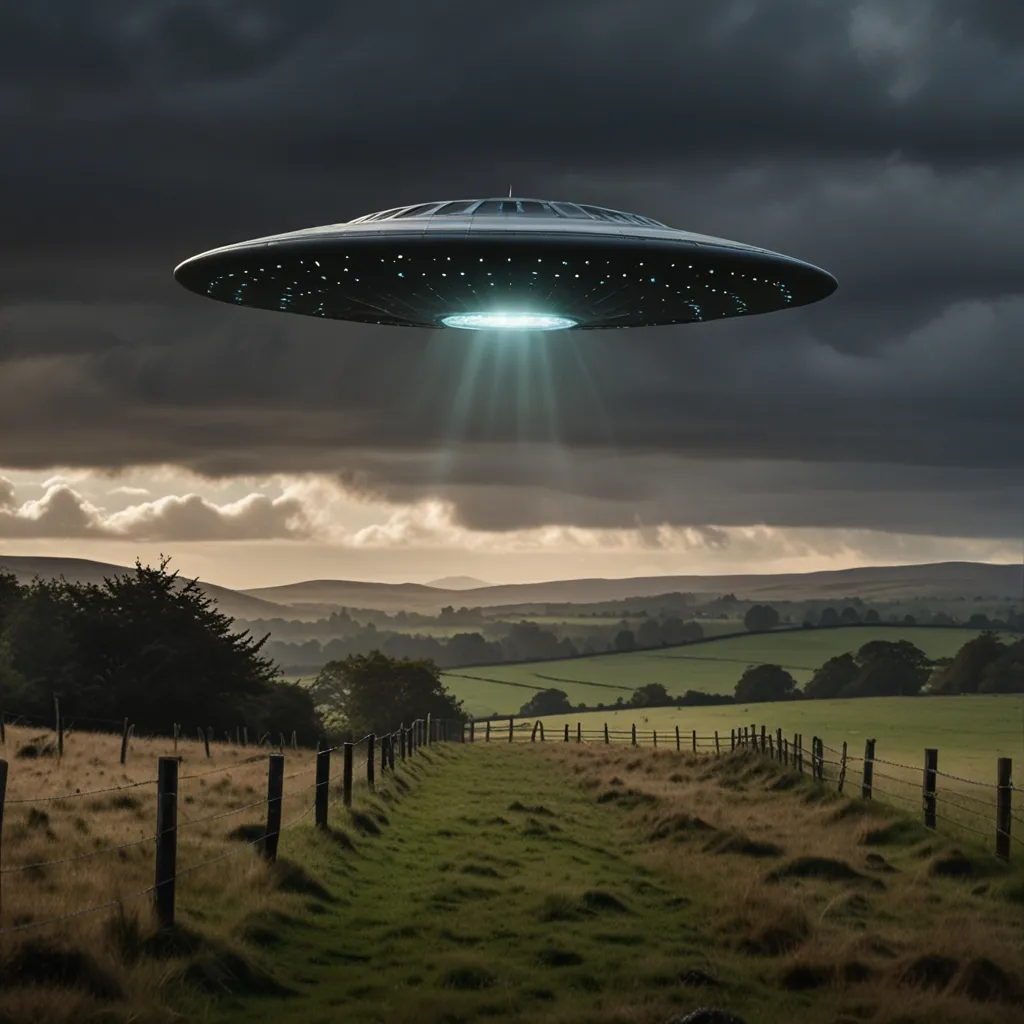Back in 1966, a prominent scientist dropped a book that, honestly, could have rattled everyone on Earth. The twist? Before anyone could even sneak a peek, the CIA swooped in and stamped it “classified.” It was only a few years ago we finally got a glimpse of it, but even then, only 57 pages of the original 284 were handed over, heavily edited. The burning question: why did the CIA go to such lengths to keep this book under wraps for 60 years? Turns out the book outlines a chilling prediction of the Earth’s future—an end-of-the-world scenario that the book’s author, Dr. Chan Thomas, describes vividly.
Dr. Chan Thomas, a former engineer at McDonnell Douglas, authored “The Adam and Eve Story,” and lemme tell ya, it’s far from a love story. It’s packed with theories and evidence predicting catastrophic pole shifts. Thomas paints these pole shifts as cyclical events—we’re talking about disasters that reset human civilization, knocking us back to the Stone Age. According to him, we’d be the sixth advanced civilization to rise and fall on Earth. Other civilizations could have existed, but as time ticks, evidence fades, making it harder to confirm their presence, especially those supposedly lost on now-vanished continents.
Thomas wasn’t the first to propose such a scary scenario. In 1958, Charles Hapgood discussed similar theories in his book, “The Earth’s Shifting Crust.” At the time, Hapgood’s ideas, like continental drift, were slammed as pseudoscience. Yet, he found high-profile support—even Albert Einstein wrote the forwards for two of Hapgood’s books. Today, we know Hapgood was onto something; the continents indeed drift over billions of years, breaking apart and coming together repeatedly. These continental formations and breakups have names—Pangea, Gondwana, and many others stretching back almost 4 billion years.
Hapgood later released “The Path of the Pole,” arguing that the Earth’s poles are in constant shift. Though once controversial, much of Hapgood’s work has been proved right over time. He even speculated that a major pole shift occurred around 9600 BC, a period that aligns with many ancient flood myths. What’s even more mind-boggling is the Piri Reis map. Dated 1513, it charts Antarctica’s coast, which was only discovered in 1820. Hapgood believed an ancient Ice Age civilization mapped this region when it wasn’t fully entombed in ice.
In his book, Thomas goes into chilling detail about what this pole shift would be like. Believe him when he says grab a fresh pair of undies because his descriptions are straight out of a nightmare. Mountains would quake like ferns in a breeze, and the Pacific Ocean would rear up, towering over two miles high, before smashing into the western U.S. while supersonic winds rip everything apart. That’s just the start. The Earth would experience this pole shift in less than a day, meaning the continents would stop moving while air and water kept racing at over a thousand miles per hour. Imagine skyscrapers collapsing, and millions of people tossed like salad—it’s an apocalyptic blender.
Survivors, if you can call them lucky, would face even more horrors. Thomas describes continent-sized waves of mud, water, and debris washing over everything, while temperatures would plummet and rise dramatically, freezing even the warmest regions within hours. A two-mile-high wall of water would sweep across continents, creating a frozen hellscape. Imagine Europe getting battered by winds and water, much like the Andes and Sahara.
Thomas goes as far as to predict this event will shuffle the earth’s poles to the equator, swapping tropical areas with frozen tundras almost overnight. The old cities would be buried, leaving survivors to start over in a new Stone Age. He aligns these catastrophic cycles with various great floods described in myths worldwide—from Noah’s Ark in the Bible to similar stories from the Mayans, Sumerians, and even Native American tribes.
Historically, we link these floods to the end of the last Ice Age, known as the Younger Dryas period. But, according to Thomas, the last major cataclysm happened 6,500 years ago, not 11,500 as commonly thought. Remarkably, recent archaeological findings in places like China and the Mediterranean, even in the Black Sea, provide evidence of a significant flood around the time Thomas mentioned. It seems there could be more to his theory about frequent, civilization-resetting floods than we realize.
But it’s not just water swallowing the land that has captured imaginations. Thomas suggests these pole shifts also erase advanced civilizations. Mainstream archaeology and paleontology teach that civilization started in Mesopotamia 6,500 years ago. But what if this was only the latest reboot, like your favorite Batman movie series starting over? There’s evidence, like the water erosion around the Great Sphinx in Egypt, implying it could be over 10,000 years old, predating known Egyptian civilization.
It gets even wilder with claims about Atlantis and Mu (or Lemuria). These legendary lands supposedly housed advanced societies wiped out by sudden disasters, possibly due to these swift pole shifts. The “Eye of the Sahara” in Africa, which looks eerily like Atlantis, and underwater structures near Japan (linked to Mu) fuel these theories. The massive, mysterious structures on Easter Island, where giant statues are buried up to their necks in sediment, could signal a sudden catastrophe as well.
Even Thomas’s process for how these shifts happen is intriguing yet terrifying. He theorizes that layers beneath the Earth’s crust become molten, allowing the crust to slide. This sudden shift may yank the Earth’s axis, causing day to turn into night and vice versa, wreaking unimaginable havoc as atmospheres and oceans keep moving while the landmass halts.
The big question: when? Back in 1993, Thomas predicted the cataclysm would hit around the year 2000. Nostradamus and Edgar Cayce made similar predictions. But the hard reality is predicting when and precisely how such cataclysms unleash is incredibly difficult. Geological and magnetic data does suggest we might be due for a shift. The Earth’s poles are indeed moving faster than before, and the magnetic field is weakening. Modern measurements show the North Pole drifting at increasing speeds, and the weakening magnetic field might struggle to protect us from solar radiation.
As hair-raising as it all sounds, it may not spell the absolute end. Changes like this have occurred many times over millions of years without wiping out all life. However, a major pole shift could severely disrupt our modern way of life—think fried satellites, GPS failures, and technology chaos. But life on Earth, including humans, has weathered these before, we keep bouncing back.
Chan Thomas’s book might have been dismissed as pseudoscience back in the day, but with new evidence supporting some of his claims, it seems the line between wild theory and accepted science often just needs a few decades. Whether or not you believe in these doomsday scenarios, it’s fascinating how these ideas persist and evolve, making us question what we really know about Earth’s tumultuous past—and its unpredictable future.
